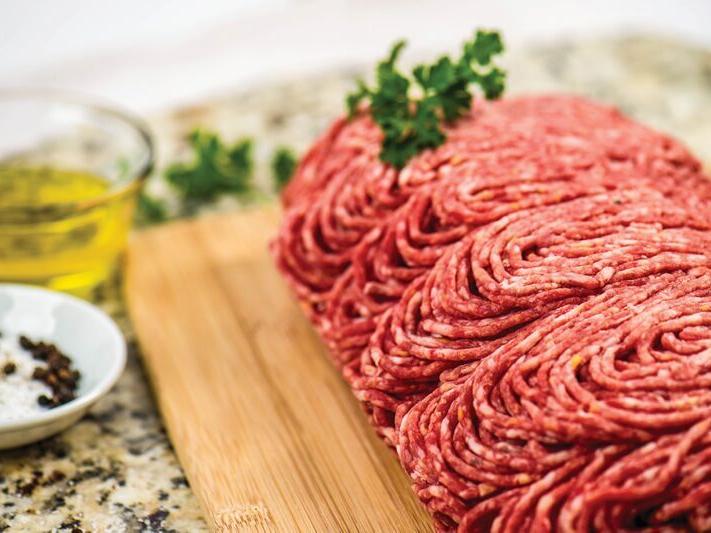
Beef cattle death loss caused by blackleg disease has been reported in Daviess County over the past couple of weeks.
Blackleg infection goes from no symptoms to severe very suddenly, is non-contagious, and almost always results in death. It is most typical in animals from 6 to 24 months of age, rarely infecting older animals.
The clostridial bacterium that causes blackleg naturally occurs in soil and enters the animal by ingestion of contaminated feed and forages or through wounds.
Animals that die from blackleg do not always express symptoms but symptoms can be swelling or lameness in an infected limb or tongue or discovery of swelled heart muscle upon necropsy examination.
Fortunately, losses to blackleg are rare considering the excellent vaccination products available to treat young calves to prevent infection from occurring. The “7-way” clostridial vaccine is effective and inexpensive. All calves should be vaccinated between 2 and 4 months of age followed by a booster.
The December CPH45 sale is this Thursday, Dec. 3. A pasturella and clostridial 7-way vaccine are sale requirements as well as a vaccine to prevent respiratory illnesses.
Hearing of the recent animal losses of unvaccinated calves at the timing of our CPH45 sale which requires the vaccination got me thinking about important health and management techniques to prevent poor animal health or even death.
A healthy disease-free herd should be the goal for all beef producers. Requirements for successful herd health include a controlled breeding season, adequate handling facilities, adequate nutrition with a quality free-choice trace mineral product, a willingness to stay with a strict animal health program once it is established, and a management style designed to reduce animal stress.
Several management techniques including animal identification, implanting, vaccinating, castrating, and dehorning should be completed as timely as possible with regard to animal age.
Adequate handling facilities are necessary to properly restrain the animals for vaccination and treatment. Work with caution when processing cattle. Trying to set a record for speed will result in an error, unnecessary animal stress, or injury to the animal or yourself.
Cattle can be worked rather quickly when they are handled skillfully and gently and when the handling facility is constructed so that cattle move through it easily. Animal health products such as vaccines and implants must be administered properly to be effective.
Focusing on technique rather than speed is the key to getting the most return on your investment of money and time.
Vaccination programs are designed to protect the herd against diseases caused by infectious organisms such as viruses or bacteria. Vaccines contain killed or live organisms that do not cause disease, but rather stimulate the animal’s immune system to mount a response to the disease.
The immune system will then “remember” how to mount a response against the organism if it is later infected with that organism. A vaccine cannot prevent infection but will allow the animal to respond quickly, lessening the severity of a disease. If a vaccine is used correctly, it will increase the animal’s disease resistance.
Most vaccines contain either a modified live or a killed organism or a combination of the two. Modified live vaccines, both for viruses and bacteria, replicate in the animal after injection.
This is called a controlled infection. The organisms have been modified so that they do not cause the disease but stimulate the immune system. In general, modified live vaccines stimulate a longer-lasting immunity than killed vaccines.
Killed vaccines contain organisms that do not replicate in the animal after injection. Killed vaccines contain an adjuvant that stimulates the immune system to respond to the vaccine challenge.
Proper handling of the vaccine is required to prevent its failure. Most modified live vaccines must be reconstituted by adding sterile water to a dehydrated powder. Once prepared, the vaccine will only last about 45 minutes in sunlight or heat. Use of a cooler to keep products out of the sun and cool will provide two to three hours of vaccine life outside of refrigeration.
The 2020 Daviess County Grain Demonstration Plot books are now available. For your convenience, some books are in a clear tote outside the front door of the Extension Office. You may stop by at any time to pick one up.
November 29, 2020 at 01:00PM
https://ift.tt/37lGZkn
Beef herd health | Features | messenger-inquirer.com - messenger-inquirer
https://ift.tt/2RxTDX4
Beef

No comments:
Post a Comment